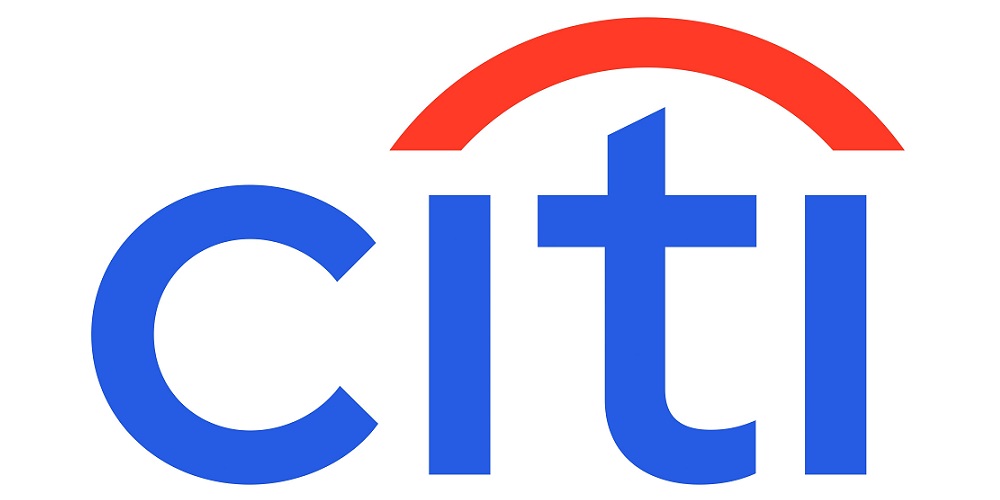Network API Revenue to exceed $8 billion by 2030 globally, as KYC identified as the next major opportunity

A new study from Juniper Research, has found that operator revenue from network Application Programming Interfaces (APIs) globally will exceed $8 billion by 2030. This is a substantial increase from the $284 million operators are forecasted to generate in 2025; with Juniper Research identifying KYC as key to this revenue boost.
Network APIs enable external applications to interact with telecoms networks; allowing operators to generate revenue through access to their networks. Juniper Research identified SIM Swap and Number Verification APIs as key early use cases that will foster confidence in a growing API ecosystem. The SIM Swap API detects recent SIM changes to prevent fraud, while the Number Verification API confirms device ownership.

KYC: The Next Network API Opportunity
Juniper Research believes that APIs which provide authentication services will be key in fostering initial confidence in a growing API ecosystem. However, „we urge operators to launch Know Your Customer (KYC) network APIs to provide stronger identity assurance for enterprises. KYC APIs verify users against a range of operator-verified data, including subscriber information, the SIM, and the device being used.” – the company said.
“Operators must leverage the advanced capabilities of the KYC API to charge a higher fee per API call; thus pushing greater revenue growth,” says Alex Webb, Senior Research Analyst at Juniper Research. “KYC APIs will have the greatest impact in market verticals such as eCommerce and gambling, where regulations are increasingly requiring more stringent solutions for age verification. Operators must ensure they provide reliable information on a user’s identity to capitalise on this opportunity, otherwise they risk faltering growth in the early stage of KYC APIs”.
_____________
An extract from the new report, Network API Market 2025-2030, is available as a free download.
Dariusz Mazurkiewicz – CEO at BLIK Polish Payment Standard
Banking 4.0 – „how was the experience for you”
„To be honest I think that Sinaia, your conference, is much better then Davos.”
Many more interesting quotes in the video below:









